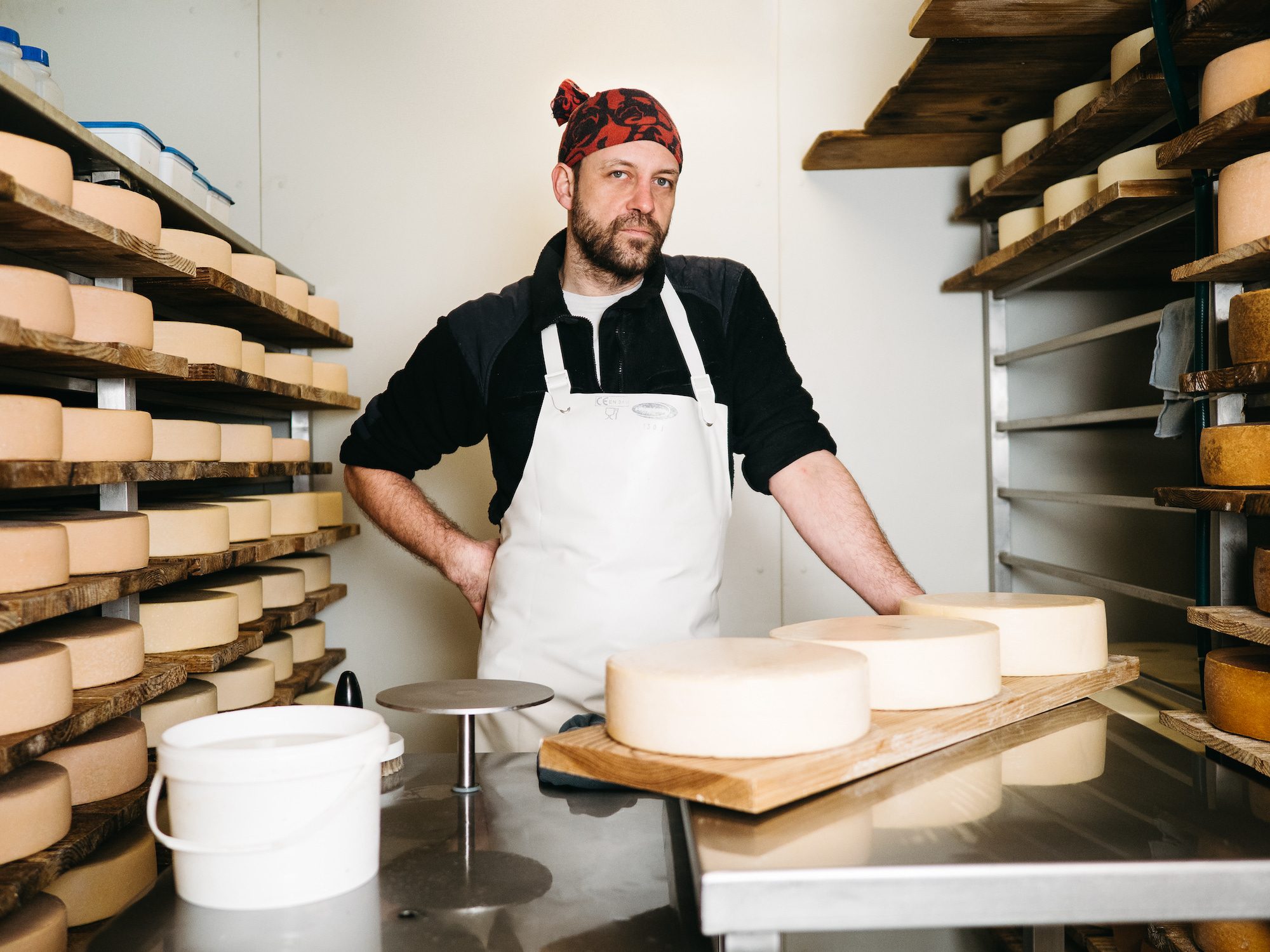Meet the Cheese Makers Melbourne Trusts: The Legacy of Floridia Cheese Thomastown
Meet the Cheese Makers Melbourne Trusts: The Legacy of Floridia Cheese Thomastown
Blog Article
Unlocking the Keys of Artisanal Cheese Making: A Step-by-Step Do It Yourself Overview
In the realm of culinary workmanship, artisanal cheese making stands as a testament to the delicate equilibrium in between tradition and advancement. Each action in the process, from selecting the ideal milk to perfecting aging methods, holds within it a riches of expertise passed down with generations. As we begin on this journey to debunk the art of developing splendid cheeses, we are encountered with a tapestry of skills and secrets waiting to be unraveled. Join us as we discover the complexities of this old craft, where persistence, art, and scientific research merge to generate tastes that entice the detects.
Choosing the Right Milk
When embarking on the trip of artisanal cheese making, the selection of milk plays a vital function in figuring out the high quality and attributes of the final item. The type of milk picked impacts the taste, structure, and overall account of the cheese.
In addition, the source of the milk, whether from cows, goats, lamb, or buffalo, adds distinct flavors and features to the cheese. Each type of milk brings its own subtleties, enabling for a broad array of cheese selections to be crafted based on the chosen milk.
Culturing and Coagulating
To launch the cheese-making procedure, the crucial steps of culturing and coagulating should be thoroughly performed to change milk right into curds and whey. Culturing entails introducing useful germs to the milk, which after that begins the fermentation process. These germs convert lactose (milk sugar) into lactic acid, creating the acidic atmosphere needed for coagulation. The kind of culture made use of can dramatically impact the taste, appearance, and ripening of the last cheese product.

The timing and temperature control throughout culturing and coagulation are important aspects that influence the last result of celebrity. Appropriate implementation of these steps is important to ensure the wanted texture, taste, and consistency of the artisanal cheese being created.
Draining and Pushing Curds
After the milk proteins have actually coagulated and the curds have been reduced to release whey, the next crucial action in artisanal cheese making involves draining and pushing the curds to achieve the preferred structure and consistency of the last cheese item. Draining is the procedure of separating the curds from the whey. This can be done by transferring the curds right learn this here now into a cheesecloth-lined colander or mold and mildew and enabling the whey to drain pipes off naturally. The time for draining pipes can differ depending upon the kind of cheese being made and the desired wetness content.
Pressing helps remove any kind of staying whey and compacts the curds to develop a solid cheese wheel. Appropriate pushing and draining pipes are critical actions that considerably influence the top quality and features of the artisanal cheese being generated.
Aging and Flavor Methods
Executing meticulous aging and flavor strategies is essential in enhancing the deepness and intricacy of artisanal cheeses, raising their taste accounts to charming degrees of refinement and sophistication. Aging plays a crucial role in creating the special flavors and textures that identify artisanal cheeses. During the aging procedure, cheeses are kept in thoroughly controlled settings where variables such as temperature level, airflow, and moisture are controlled to urge the growth of valuable molds and microorganisms. This controlled setting enables celebrity to mature gradually, developing intricate aromas and rich tastes.
Seasoning strategies also contribute substantially to the last preference of artisanal cheeses. Cheesemakers might choose to introduce extra tastes by including ingredients such as herbs, flavors, or even fruits right into celebrity throughout the production process. Additionally, some cheeses are washed or scrubed with different fluids, such as salt water or alcohol, to boost their tastes and textures.
Covering and Keeping Cheeses

Final Thought
In conclusion, grasping the art of artisanal cheese making includes meticulously picking the right milk, following accurate culturing and coagulating processes, draining and pressing curds successfully, and using numerous aging and flavor strategies. Remember to cover and save your cheeses correctly to ensure optimum flavor and structure development.
Each type of milk brings its own nuances, allowing for a broad range of cheese ranges to be crafted based on the selected milk.After the milk proteins have coagulated and the curds have been reduced to release whey, the following essential step in artisanal cheese making involves draining pipes and pushing the curds to attain the desired texture and uniformity of the last cheese product. Many cheeses ought to be wrapped in wax paper or cheese paper to permit read review them to next page take a breath while safeguarding them from drying out. For cheeses that need to proceed aging, such as bloomy peels or cleaned rinds, guarantee they are saved in a great atmosphere like a cheese cave or a fridge established to the appropriate temperature level. By paying interest to the wrapping and storage space of artisanal cheeses, cheese manufacturers and fanatics can protect the integrity of these specials and completely enjoy their complex flavors.
Report this page